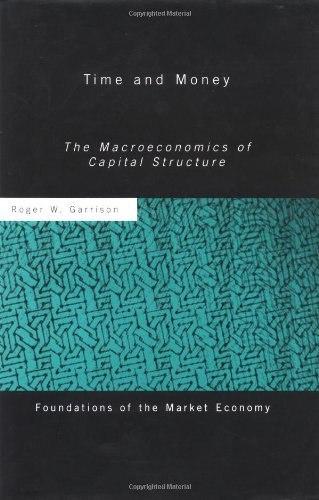
Time and Money The macroeconomics of capital structure
On Sale
$7.99
$7.99
My venture into macroeconomics has not been a conventional one. In the mid-1960s, I took a one-semester course in microeconomic and macroeconomic principles in partial fulfillment of the social-studies requirement in an engineering curriculum. The text was the sixth edition (1964) of Samuelson’s Economics. It was several years later that I returned on my own to reconsider the principles that govern the macroeconomy, having stumbled upon Henry Hazlitt’s Failure of the “New Economics” (1959). The first few chapters of this critique of Keynes’s General Theory of Employment, Interest and Money (1936) were enough to persuade me that I could not read Hazlitt’s book with profit unless I first read Keynes’s. I had no idea at the time what actually lay in store for me. In his own preface, Keynes does warn the reader that his arguments are aimed at his fellow economists, but he invites interested others to eavesdrop. As it turned out, even the most careful reading of the General Theory’s 384 pages and the most intense pondering of its one solitary diagram were not enough to elevate me much beyond the status of eavesdropper. But Keynes made me feel that I was listening in on something important and mysterious. The ideas that investment is governed by “animal spirits” and that the use of savings is constricted by the “fetish of liquidity” do not integrate well with more conventional views of the free-enterprise system. Keynes’s notion that the rate of interest could and should be driven to zero seemed puzzling, and his call for a “comprehensive socialization of investment” was cause for concern.
